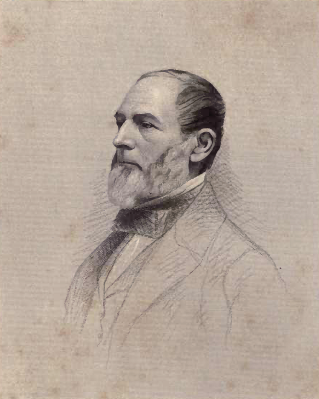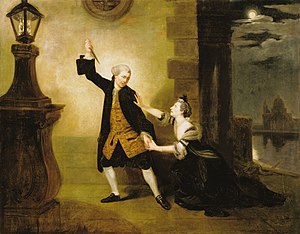“Lucky for the Town that the Fire broke out in the Day Time”?
Saturday last being the Anniversary of the Restoration of King Charles II. a Feu de Joy was fired on board the Men of War in this Harbour.Ordinarily, royal anniversaries like the king’s and queen’s birthdays were celebrated by both civil and military authorities in Boston. In this case, there was a conspicuous absence of cannon salutes, bell-ringing, or toasts inside the town.
New England had generally supported the Parliamentary side in the English Civil War and the Protectorate of Oliver Cromwell that followed. Its people and elected officials shielded regicides from Charles II’s retribution. Most British people thought the Glorious Revolution of 1688 was a Good Thing, but New Englanders were particularly convinced that deposing the Stuarts was a necessary course correction as the kingdom sank back into papist tyranny.
Therefore, local forts and authorities didn’t join the Royal Navy in celebrating the Stuart Restoration that May day in 1773. But did the descendants of Puritans begrudge the military’s action?
Of course they did. Thomas and John Fleet’s Boston Evening-Post reported the same event this way:
Saturday last being the anniversary of the Nativity and Restoration of King CHARLES II. the Colours, (as usual on Red Letter Days) were displayed on board the Flag Ship here, and at One o’Clock a Feu de Joy from her and the Gibraltar (being the only Ships of War we had then here to protect us) was all the Notice, as we have yet heard, that was taken to honor the Memory of the execrable Race of the STEUART Family.Even the newspaper’s use of the phrase “Red Letter Days” was fraught with meaning. Those were the saints’ days on the Anglican calendar, shunned by the Puritans. As late as 1758 Roger Sherman had to explain why he acknowledged those dates in the almanacs he published “to serve the Publick” of Connecticut despite being a devout Congregationalist.
As for the radical Boston Gazette, it didn’t mention the anniversary of Charles II’s coronation at all. But Edes and Gill’s report on the ship catching fire was highly political:
Saturday last about 12 o’Clock at Noon a Fire broke out on board the Britannia, Capt. John Walker, a Store Ship for the Fleet station’d here for the Protection of the Trade and Fishery, lying in the Harbour, and within Gunshot of the Town.In this one report the Boston Gazette thus managed to suggest that:
It being reported that there was a considerable Quantity of Powder on board, it put the Inhabitants in great Consternation. Thousands of People seeking Refuge from the falling of Chimneys, &c. in Case of an Explosion. However as it turn’d out, there was no Powder on Board; which if it had at first been ascertain’d, would have sav’d said Ship from being burnt almost to the Water’s Edge. Considerable Stores we hear were not consumed.
It is however some what lucky for the Town that the Fire broke out in the Day Time, and when only the People belonging to the Ship were on board, otherwise it might have been Matter of Representation to the Board of Admiralty at Home to have immediately fitted out a Fleet in order to apprehend certain Persons to be sent beyond the Seas to be tried, as in the Case of the Gaspee Schooner at Rhode-Island.
Be it as it may, this Accident may prove very beneficial to some in settling Accounts.
- The idea that Royal Navy warships were in the harbor to protect locals instead of threatening them was laughable.
- Naval administrators were to blame for the slow firefighting response.
- Authorities like Thomas Hutchinson would have been happy to add this fire to their list of false accusations about Boston.
- The royal government was acting unconstitutionally in the Gaspee inquiry.
- Some corrupt officials or contractors would use the fire to cover up embezzling or other crimes.
I should note that the fire was seen at noon, the cannon salute to Charles II at 1:00 P.M. So locals couldn’t have set fire to the ship to protest the royalist celebration. On the other hand, navy commanders might have been more eager to salute the Stuart Restoration after seeing their store ship burning out of control in Boston harbor.

















